I realize I’m really stepping in it here. – An artistic minefield.
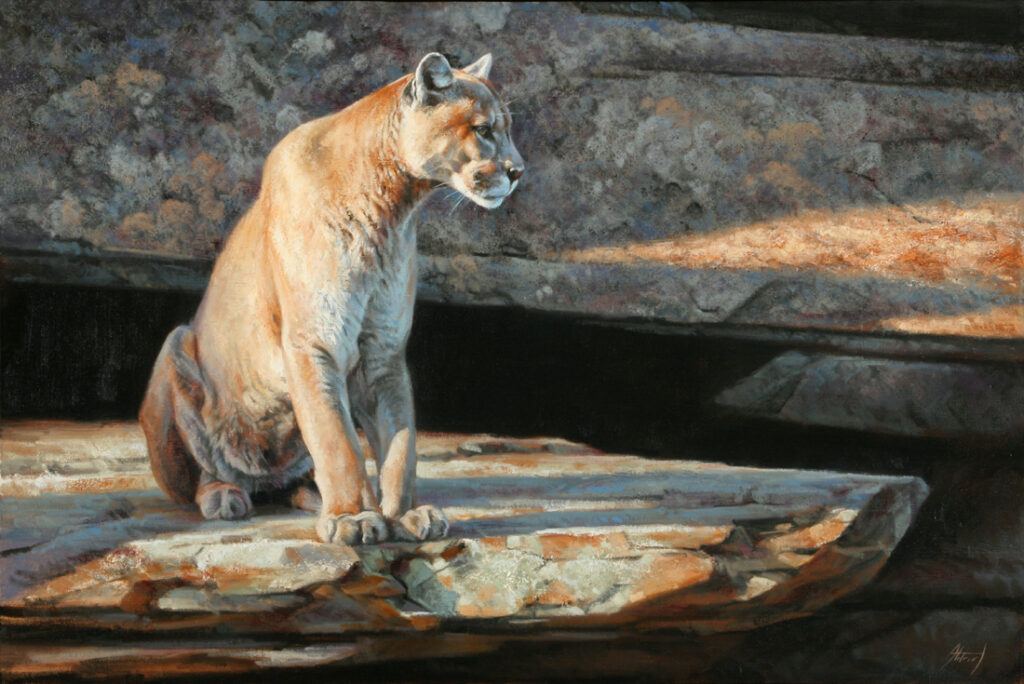
24″ x 36″ – Oil on linen
This is an issue that I feel is worth addressing but is one of those things that artists talk about when in small groups of like-minded friends, as to not offend anyone. This is the issue that has many names, “painting for the market”, “selling out”, or “following a shtick”. It is a touchy subject with artists, like talking politics or religion.
It is generally understood that following one’s muse or artistic desires is the highest form of artistic expression, and counter to that it is generally understood that painting simply for the all mighty dollar describes an artist who has lost his or her way artistically. As extremes, these seem pretty accurate. Everything between those bookends can be slightly more murky ground.
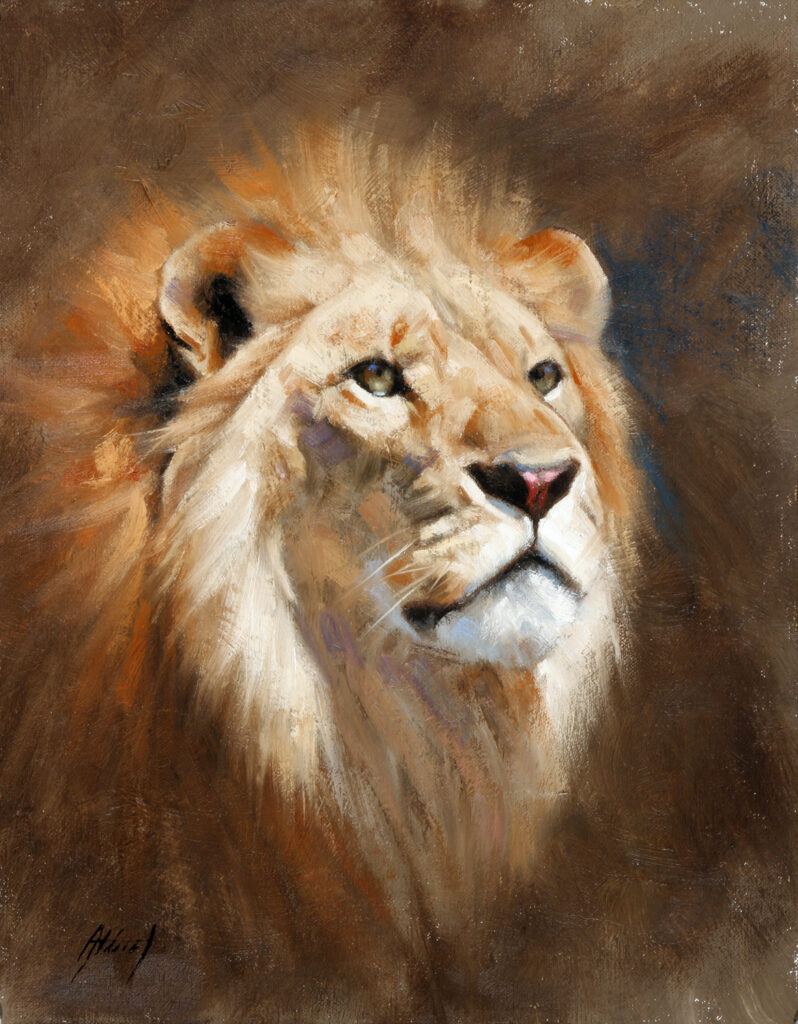
14″ x 11″ – Oil on linen
I am partially writing this as I have often found myself in the midst of this murky netherworld.
There seems to be two different yet not at all unrelated realms; the realm of what we are drawn to create- “our passion”, and that which the unquantifiable market will support – “sales”. For many of us, there is a huge overlap with these two realms. With some, a much smaller part of those aspects overlap. I do not want to focus on the aspects of marketing as this is a whole different and immensely varied topic. I am more interested in what sways us as artists, what motivates us and gives us direction.
I have found myself in an ongoing mental dilemma and it has ebbed and flowed for decades. When choosing the subject and manner of approach for each painting, are the choices based on my love for art or for the market? This sounds simple at first glance but it gets murky rather quickly upon further thought. My first answer is; well kinda both.
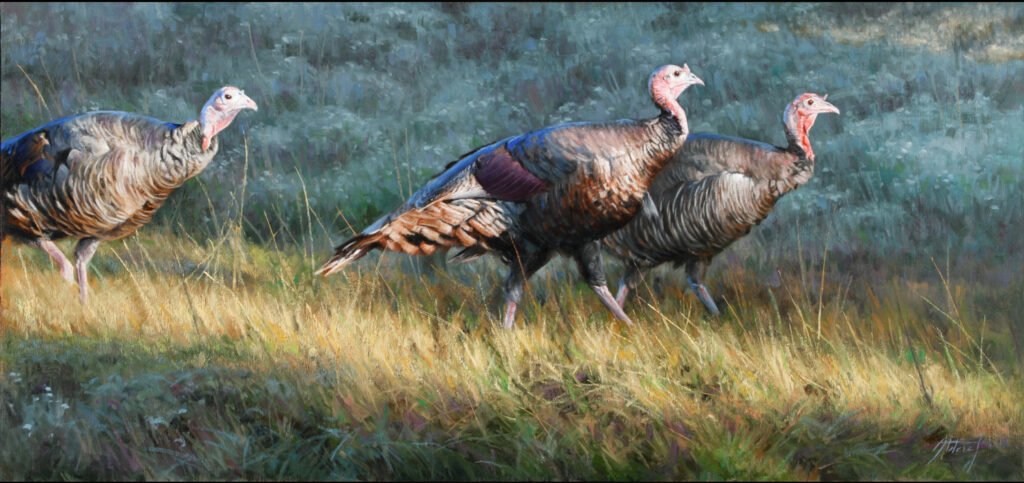
18″ x 38″ – Oil on linen
As an artist whose subjects are primarily animals, it is no surprise to anyone that I just love animals. I am fascinated by their multitude of textures, colors, forms and expressions. I have painted every kind of animal imaginable, from local to exotic, winged, furred, and clawed. So this is clearly a decision of love for subject and painting. I could happily paint animals from around the world but I have primarily chosen to paint ones that live around my chosen market: the western United States. So this is clearly a market driven choice. I often explore different styles, methods and expressions of painting, so clearly this is a choice driven by art, but I often find myself revisiting tried and true motifs, techniques and subjects which to me looks as if it is market driven.
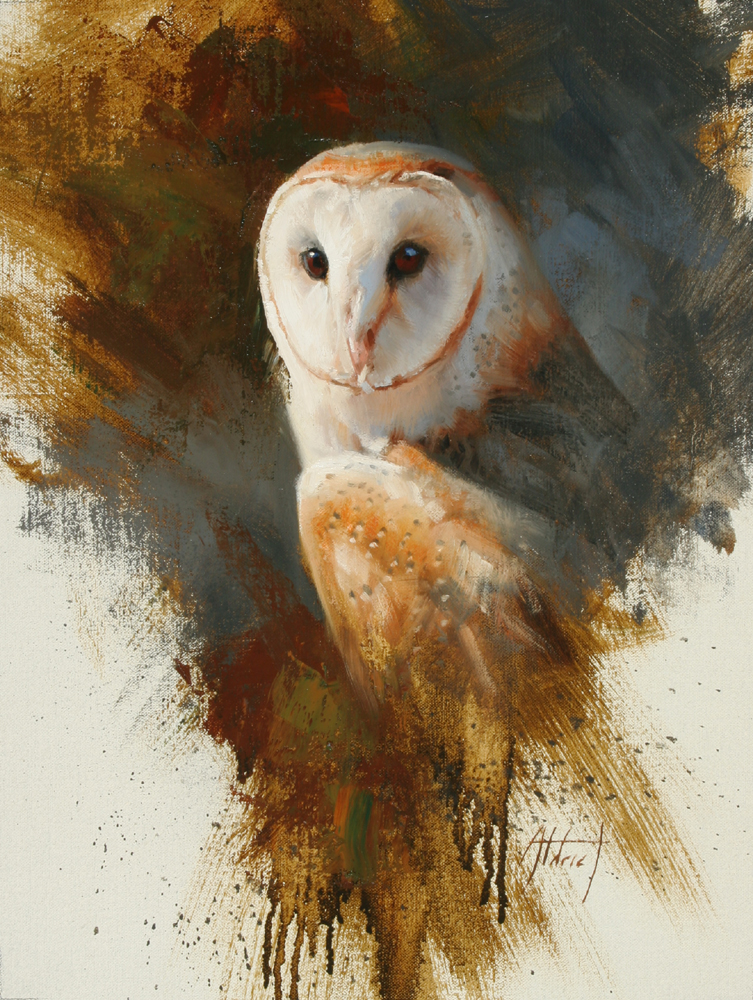
16″ x 12″ – Oil on linen
When studying other artists’ work, I see similar traits in even the most famous and accomplished examples of our trade. With extreme technical wizardry, artists revisit tried and true motifs and subjects. I have seen even the most masterful take on subjects that are appropriate for a show they are in or new region they are painting for. When is it “selling out” and when is it “evolving”. The lines can be as ethereal as smoke and perhaps only the artist knows the real answer.
I revel in those artists who are simply driven by the passion for art. Who will steer, with horror, away from those pieces that galleries might say “Our clients LOVE this, you might want to create something similar!’. The purity of their passion is inspiring. I also know the intense pleasure I get from a couple who come up to me in a show and with real emotion in their eyes, express the joy they feel in a piece of mine they own, one that, though it is a unique painting, is of a subject or motif I happen to have painted dozens of times before. This is an experience that is a true gift to an artist.
As professional artists, it is almost impossible to extract the art side of things and the business side of things. We all want to be successful in what we do, both with recognition and sales. We want to be known for producing great quality work and we also want to be successful as a result of that work.
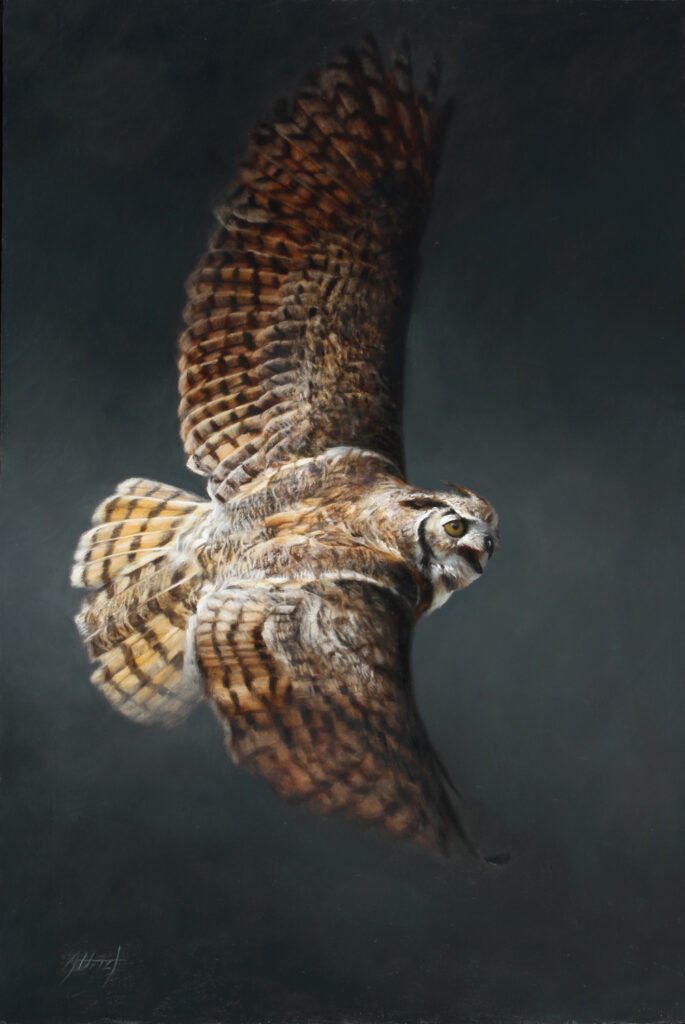
36″ x 24″ – Oil on panel
As we thirst to soak up other artists’ techniques and be inspired by their expressions, we also, almost subconsciously, study what has sold and what has remained on gallery walls for cringe worthy amounts of time. We may make a mental note on what did not sell at a show or what seems to fly off the walls. It is good information to tuck away and does shape our decisions in the future.
It seems to me that the best of artists are consummate craftspeople AND savvy in the knowledge of how their art is received. The best artists attempt to look at their own work through others eyes to see what might not be working, or where their vision is not coming through effectively enough. This same sense has them keenly aware of what makes their work captivate the viewer and that in itself is a form of reading the audience and drawing them in. And yes, this is a form of masterful marketing, for what is marketing if not engaging others in your vision? Effective artwork by its very nature is marketing.
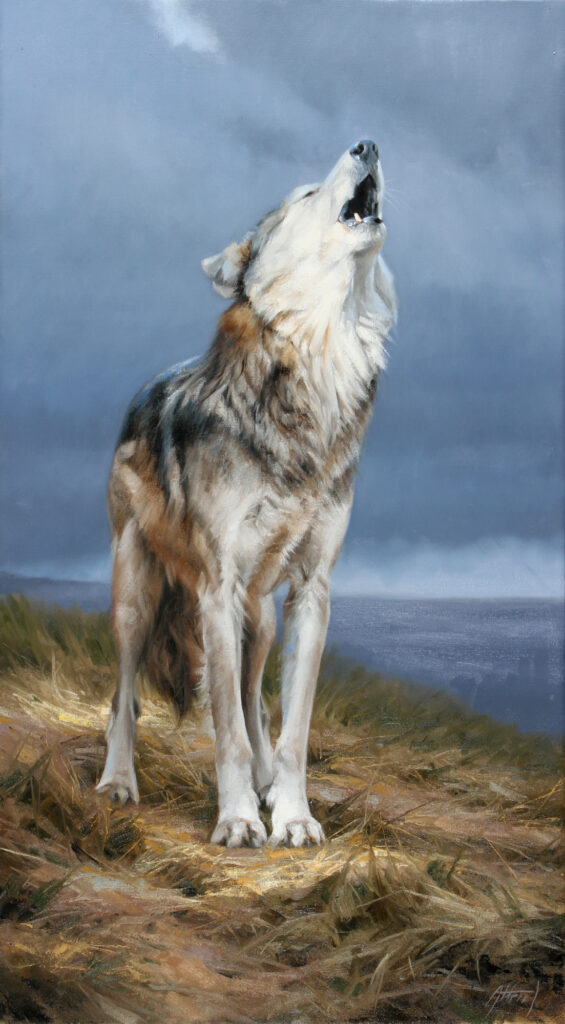
36″ x 20″ – Oil on linen
The question remains: should our decisions be based on our knowledge of what will do best in the market, or what is in our artistic best interest. The answer to this is personal and very much varies for every artist. An artist can never go wrong if they spend decent time perfecting their craft, growing as an artist and keep dipping into that well of artistic passion that is the source of all of our choices to become artists in the first place. In the midst of that, if there is also a consideration on what clients enjoy and what allows you and your family to survive and flourish, then that too has a place in every professional artist’s life.
We might ask ourselves, “Do I still have something to learn or express in this given motif?” Am I growing and challenging myself? Am I still excited to wake up and create? What do I really want to communicate?
If you think about it, we are all just making this up as we go. Much the same as we are creating our artwork, we are creating how we express ourselves in the great art world. And as there is no one way to “do” painting, there is no one way to navigate that art world. We must choose the path that works for us, redirecting our course as we see fit.
Ginger Whellock says
Well spoken, Ned. It is a fine line between our personal interests and the need to please the market. I used to paint only for myself, the market was wildly active and I sold like crazy. Now, I find it difficult to understand what actually sells and so I have withdrawn into my own world of creative choice in subject matter. Sales are lousy, but my I am growing in my skills and ability to present my ideas for paintings. Perhaps this is just age dealing out its physical and mental cards which shift our thought processes and emotional output? I really don’t need to sell anything, but it feels good and right and I miss that respect for my work. I have no answers just thoughts and desires. I will paint until I can no longer hold the brush. Thanks for your words.
Marla Brenner says
IN MY MIND there is a difference between being a “painter” (sculptor, pastelist, etc) and being an “Artist”. A painter (etc) is someone who paints a subject. An artist is someone who does not “name” the subject. If the second is your motivation it doesn’t matter what you paint, a singular subject, or multiple subjects. Since the market will probably always be about the subject your chances of selling are probably better if you paint at least a series of the same subject. However if that is your PRIMARY INTENT, you are playing to the market. If your intent however is to find wonderful line, shape, composition, value, color and texture in what happens to be your subject then your first priority is making art.
Linda Tippetts says
I find it extremely annoying to see a plethora of animal portraits in galleries, exhibits, and auctions. Don’t miss my point by that first statement – that some artists whose love of animals is evident in their work – but the recent burst of furry creatures is not always a ‘from the heart’ love of subject. Galleries and established auctions and exhibits are guilty of promoting “what sells”. It’s up to us artists to maintain integrity and ethical standards in this wonderful world of art….and to encourage our markets to follow suit.
Sharon Matisoff says
I found your article to be very helpful and well written. The question of how to choose a subject to paint without compromising your soul is a topic that every artist struggles with during their career. After trying and failing to make a living as a portrait artist for many years, I discovered that painting horses is something I absolutely love to do, and I’m making a nice little side income from this. After reading your insightful words, I realized for the first time in my life, I don’t have to make a conscious decision about what to paint. I’m already painting what I love, I’m being paid nicely for it, and I’m the best-selling artist in my gallery. I don’t feel that I’m compromising at all. To be honest though, I do feel a little bad about the fact that I had to reach the ripe old age of 72 in order to write those words!
David Henderson says
Recently (sometime within the last five years), I’ve had cause tor reflect on my life as an artist. And..it has been a long and productive one. The question came up in a passing conversation about “first jobs”, and I recalled a public works job I’d had one summer while in college back in 1975, and in the same moment, it occurred to me that it was my last full time job. I worked nights part time so I could explore New York, and gradually, I became an illustrator. I did commercial work in advertising, books and just about everything else for almost twenty years. Today, I’ve returned to “fine art” and produce works for several galleries. For me, it doesn’t much matter what I paint as long as I paint it well. Every artist has to find their own path. For art to love you, you must give of yourself. Indeed, it’s not the life for everyone. A favorite quote on the life of an artist:
“I shall give you hunger and pain and sleepless nights. But also a joy and satisfaction known to few, and glimpses of the good life. Of these you will not have continually, and of their coming and going you shall not be foretold..” – Edwin Booth
Claudia Hammer says
I totally understand this problem. I was doing daily paintings to improve brush strokes and process and accumulated many small paintings so I entered a couple of fairs to decrease my stash. When the stash was low I started painting more and fell into that trap of “painting for the fair”. I hated it and it took the joy out of painting and my work showed it. I stopped doing fairs. This was a good lesson and I finally knew what others were saying. Your article was spot on. Thank you for writing it.
Donna M Cox says
Excellent article. Thanks Ned. As I am semi-retired I have been doing both -painting for myself, whatever subject matter interests me and occasionally doing something more marketable, but still of interest to me.
Sharon Weaver says
Even John Singer Sargent painted portraits because that is what the public wanted but when he painted for himself especially the Venice watercolors, he loved to paint landscapes or the figure in the landscape. There is nothing wrong with playing to the crowd as long as the quality of the work is maintained.